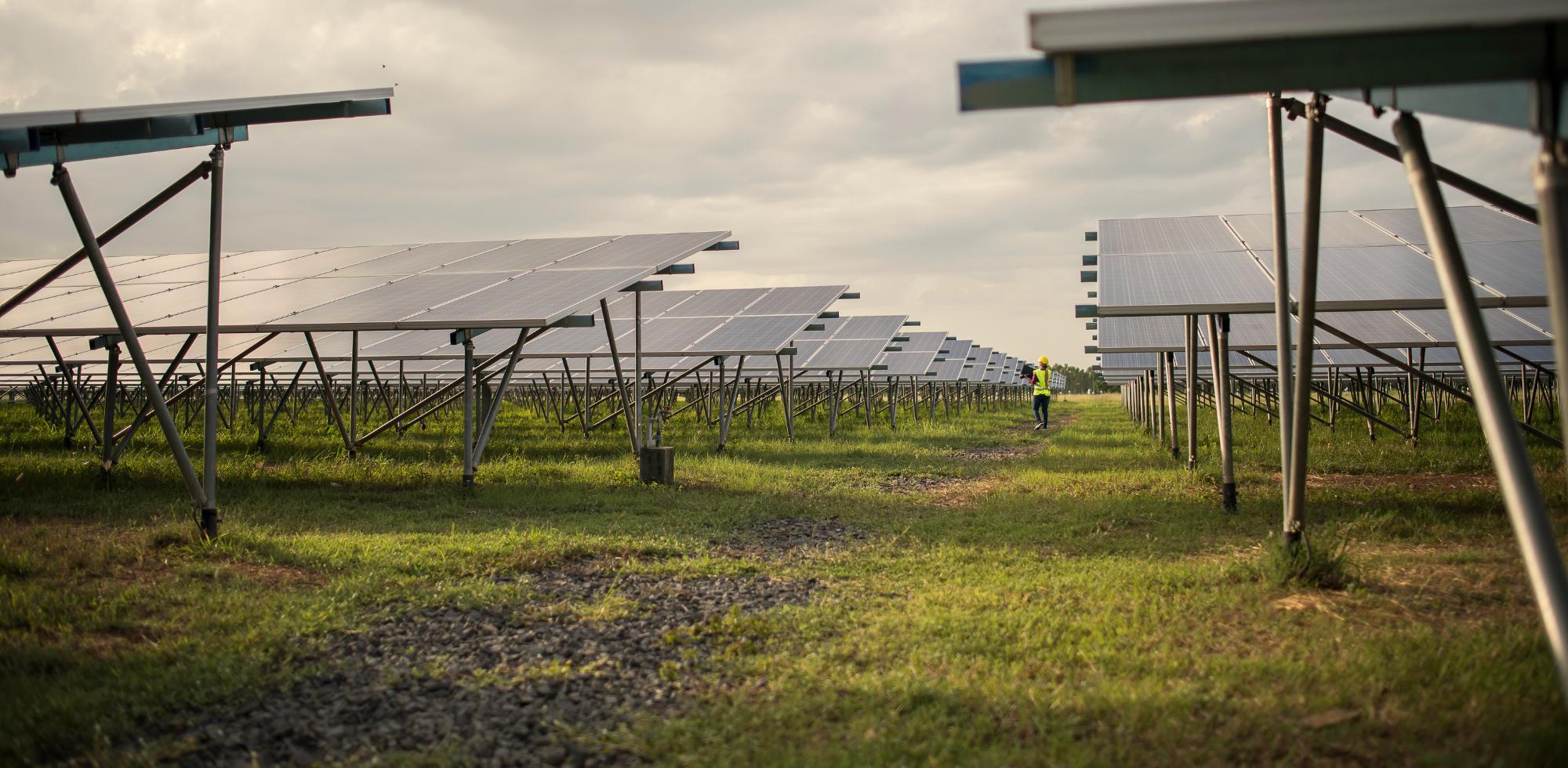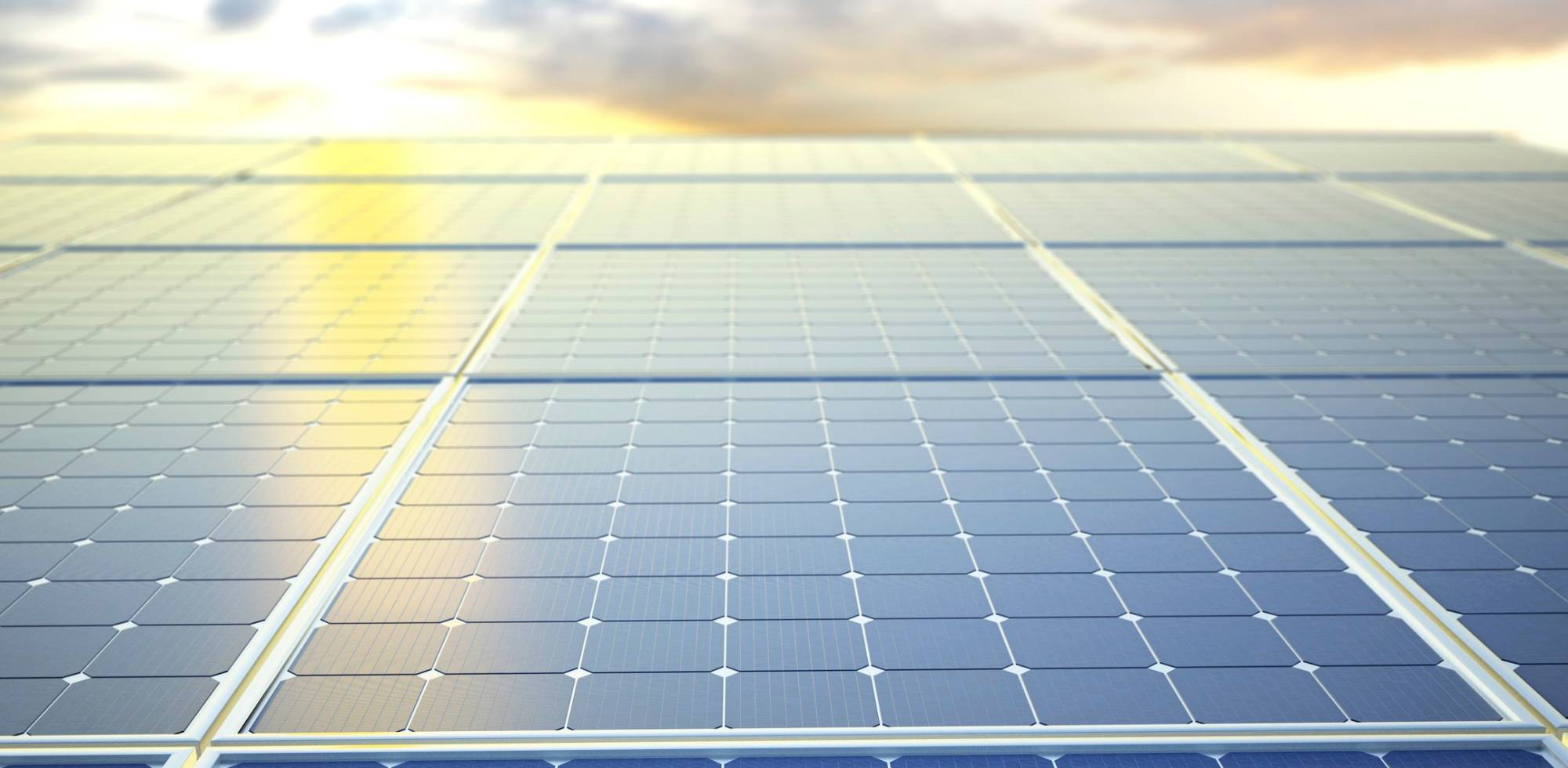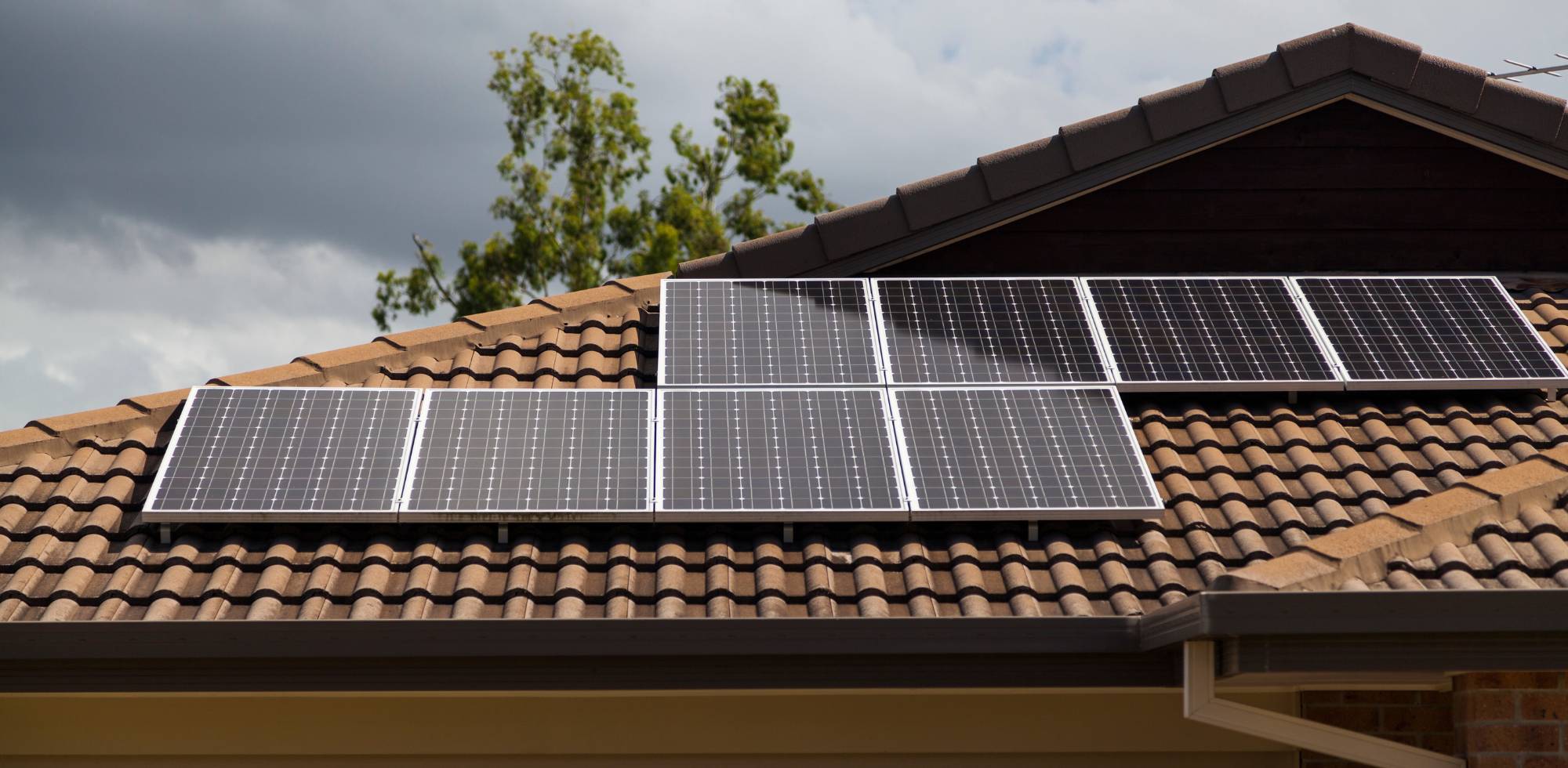Croatia has joined the European countries leading the way in the development of agrosolar systems. Taking a significant step towards achieving its energy goals and contributing to global efforts to reduce greenhouse gas emissions.
The concept of agrosolar farms integrates agriculture and energy production. Utilizing agricultural land not only for food production but also for generating renewable electricity.
This initiative demonstrates how agriculture can become a key partner in the transition to green energy, offering a sustainable and intelligent alternative to conventional electricity production methods.
What are agrosolars?
The concept known as agrosolars (also called agrosun or agrosolar farms) represents an innovative approach where the same agricultural land combines both electricity generation and crop cultivation.
In this concept, solar power plants play a dual role. They not only produce electrical energy but also provide protection for crops from unpredictable weather conditions and other stressors such as strong sunlight, high temperatures, strong winds, heavy rainfall, and other adversities.
The integration of agricultural and energy production enhances crop sustainability and protection while simultaneously contributing to the generation of clean energy.
Agrosolars in Croatia
According to the European Environment Agency (EEA) report, Croatia ranks among the countries with the highest cumulative damage share from weather and climate-related disasters in relation to GDP. Drought is the most common disaster affecting Croatian agriculture. It is estimated that Croatian agricultural yields will decrease by 3-8% by 2050.
According to the OIEH, the regions of Slavonia, Banovina, and Istria have over 2,500 MW of available capacity in the electrical grid. Additionally, Croatia has nearly 44,000 hectares of land suitable for the installation of agrosolar farms.
Farmers in many countries utilize agrosolars as an agrotechnical tool in agriculture. Besides providing protection for plants, these systems offer farm owners an additional source of income through energy production.
However, not all agricultural lands are suitable for developing agrosolar farms, nor do they have the ability to connect to the grid. For example, orchards and vineyards are suitable for agrosolar systems, but the same cannot be said for the cultivation of crops.
Where are agrosolars installed?
Agrosolar farms are established on specific agricultural lands according to a well-defined legal framework.
These areas are precisely determined in spatial plans and encompass regions where the establishment of permanent plantations, recorded in the ARKOD, promotes the objectives of agricultural development
Furthermore, the law permits the installation of agrosolar farms within existing farms or greenhouses while preserving the primary purpose of agricultural land.
In other words, agrosolar farms primarily serve to support existing agricultural activities, with electricity production being their secondary function.
How do agrosolar systems differ from photovoltaic systems?
Agrosolars stand out compared to photovoltaic systems due to their ability to preserve fertile agricultural land as the primary source of food while harnessing solar energy for electricity production.
This critical distinction allows farmers to maximize the use of their land resources without compromising their core agricultural production.
On the other hand, traditional photovoltaic systems typically require separate land or rooftops for solar panel installation. Often reducing or completely eliminating valuable space for agricultural production.
Agrosolars provide a sustainable solution that combines food production and clean energy. Making them a valuable and environmentally friendly resource in the quest for energy independence and environmental protection.
The importance of collaboration with photovoltaic system designers and installers
Collaborating with expert designers and installers of photovoltaic systems is crucial for the successful implementation of solar energy projects. The investment by farmers in renewable energy sources such as solar power enables significant cost savings and contributes to energy sustainability.
By using solar panels, investors protect themselves from fluctuations in electricity prices that have become prevalent in the global market.
This strategic choice not only provides energy independence but also represents a solution for long-term savings and the sustainability of our planet.
The initial step toward designing a solar power plant is to complete a solar calculator. After filling it out, you will receive an email with the calculation of the required power for your future solar power plant.



